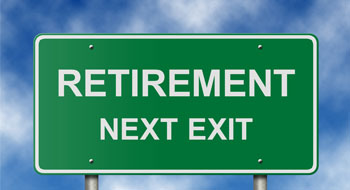CARP appears to be getting little industry support in its resistance to the federal government’s raising OAS eligibility from age 65 to age 67.

Here’s a twist. In a trend completely at odds with the rest of the world, France has made a move to lower its retirement age for some workers, from 62 years to 60. And critics are saying it could be a costly mistake.
It seems the idea of expanding the Canada Pension Plan doesn’t die easily. The NDP hasn’t let it go, nor has the Ontario government who, with their March 27 budget, reiterated their preference for a “modest, phased-in expansion of CPP” over pooled registered pension plans (PRPPs).

CARP appears to be getting little industry support in its resistance to the federal government’s raising OAS eligibility from age 65 to age 67.

The Canadian Association of Retired Persons (CARP) is leading the pushback efforts against the federal government’s decision to raise the OAS eligibility age from 65 years to 67 years.

The federal government’s recent decision to raise the eligibility age for old age security (OAS) from 65 to 67 is an absolute must, but it’s also too timid, says Yves Guérard, an actuary and the author of a new publication from the Montreal Economic Institution (MEI).

By 2029, Old Age Security (OAS) will not become payable until age 67. After nearly half a century of improvements in government retirement programs, this is the first significant take-away. And it may not be the last.
Many Canadians aged 45 to 54, the first age group to be affected by the OAS age increase proposed by the government, were already planning on working past age 65, according to CIBC polls conducted by Harris/Decima this past September.

Last night the federal government accounted it was raising the eligibility age for Old Age Security (OAS) from 65 to 67. But Canada’s not the first country—or the last—to do so.

As was widely expected, today’s federal budget announcement included a plan to increase Old Age Security (OAS) eligibility for Canadians from the current age of 65 to 67.